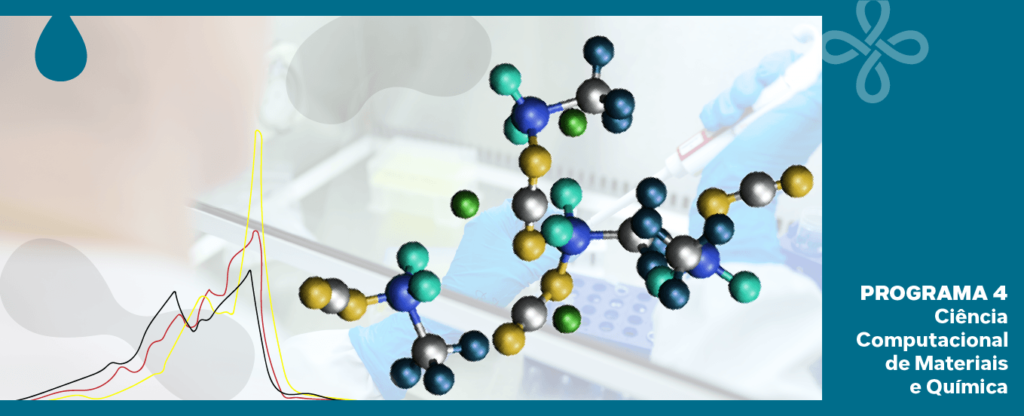
Computational Materials Science and Chemistry (CMSC) Principal investigator of the division: Juarez L. F. Da Silva (IQSC-USP) This program explored the use of various computational tools in the study and development of materials that are necessary for the energy transition and the decarbonization of the economy. “All the studies we carried out, which are of fundamental science, allow us to identify possible paths for the development of new materials suitable […]
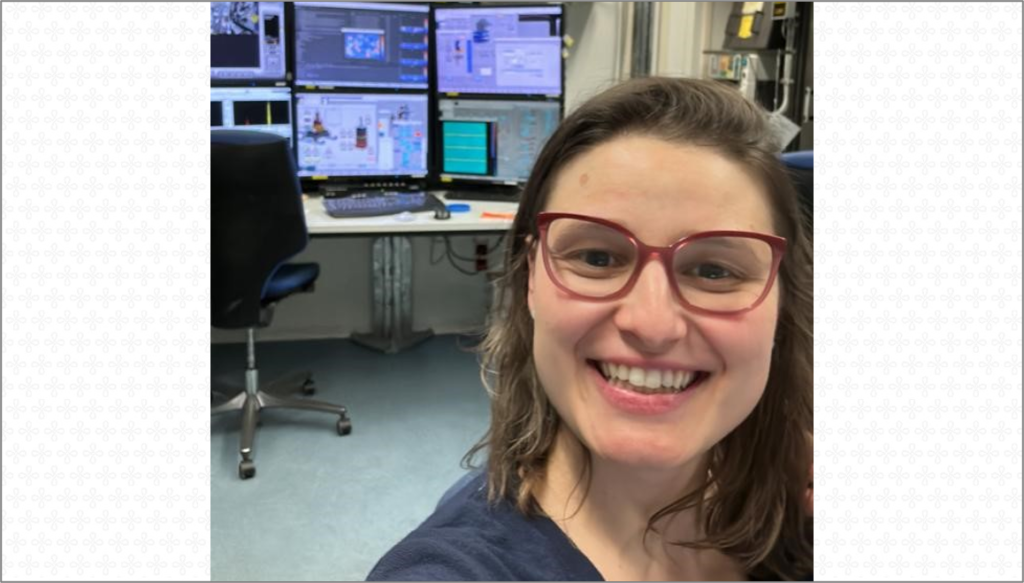
In two and a half years as a postdoctoral fellow at CINE, Chayene Anchieta shined in conducting high-impact work in the area of batteries, leading everything from the formulation of original ideas to the publication of impact articles and licensed patents, without forgetting the supervision of master’s and doctoral students, which is one of her favorite scientific activities. Chayene began her activities in CINE’s Advanced Energy Storage division in 2019, […]
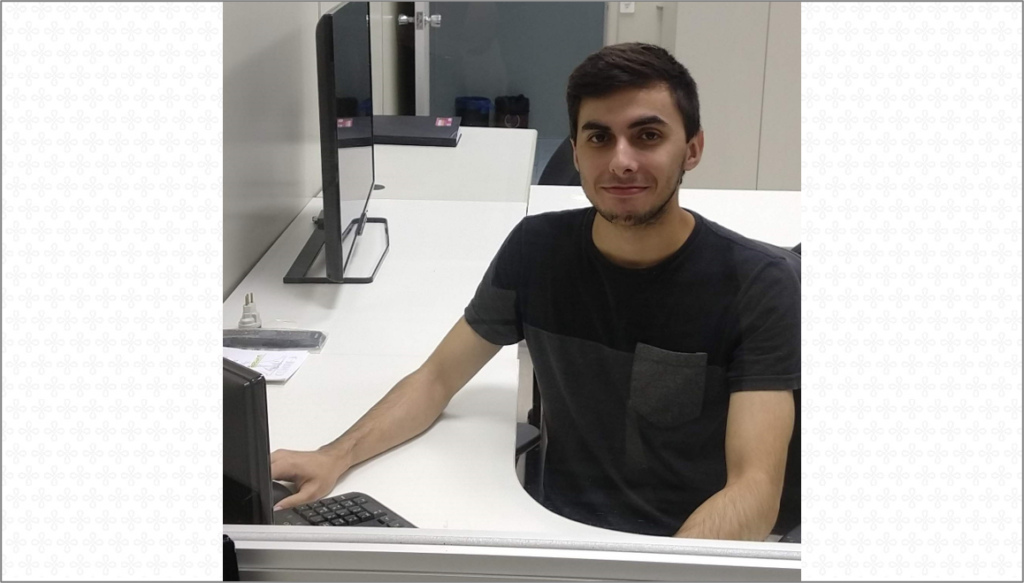
The first scientific article that Gabriel Pinheiro signed as author is also a milestone at CINE: it is the center’s first publication on machine learning. This sub-area of artificial intelligence is of great interest to CINE, as it allows it to significantly accelerate the discovery of new compositions and new properties of materials with the aim of using them in the generation and storage of energy. At the time the article was published, […]

The year 2023 was fruitful in scientific trips for doctoral student Jessica Costa Alvim. As a member of CINE since 2020, she works on the development of materials capable of promoting the conversion of carbon dioxide into ethanol, using sunlight as an energy source. In April, she went to the United States with her advisor, Claudia Longo (Unicamp), to make a technical visit to a Shell research center in Houston and participate […]
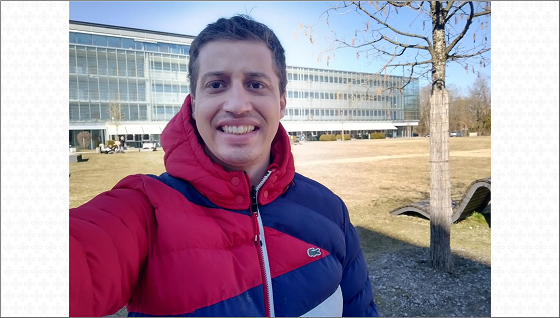
Today, while preparing to defend his doctorate, Carlos Antônio Rufino Júnior works as a researcher in Germany at CARISSMA, a center for automotive research and tests. There, in addition to teaching some classes in undergraduate and master’s courses, he participates in a project that aims to monitor, in real time, the need for maintenance of batteries that are used, for example, in electric cars. His mission is to develop a digital […]
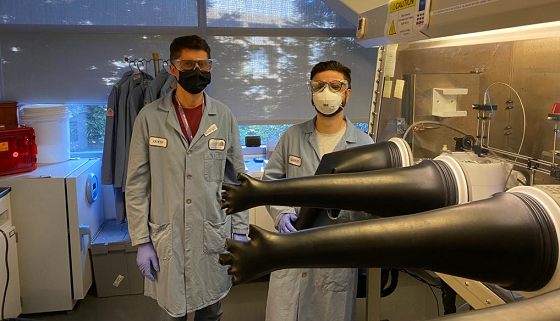
Less than two years after his doctorate, Rodrigo Szostak had the satisfaction of seeing his name as the first author of a scientific article on the cover of a very high impact journal, Chemical Reviews (impact factor 62.1). “It was a great challenge and also a satisfaction to participate in the article, because the journal is very important in the field of chemistry (it is read by almost the entire […]

“At the beginning of my tenure, I thought it was important to carry out a survey of the Center’s numbers. CINE needed to know CINE. It was also important to reformulate the Center’s website, more dynamic, aligned with our visual identity and updated with our research proposals. Together with the coordinator of Education and Diffusion of Knowledge, Prof. Juarez L. F. Da Silva, we created the CINE Webinars and CINE […]
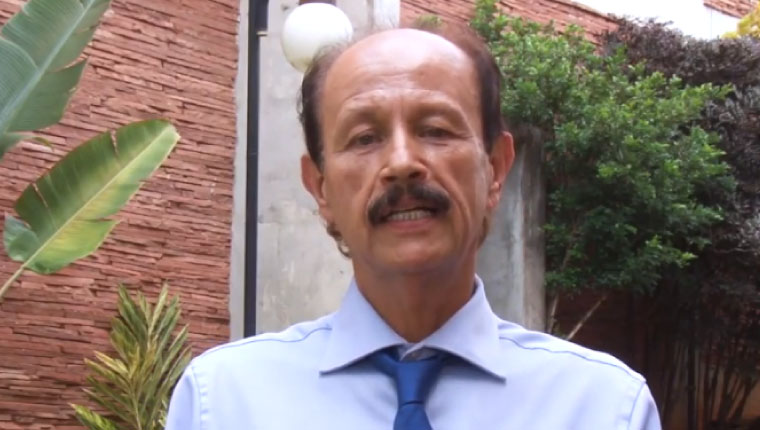
“CINE began its activities in August 2018 with a completely different structure from other similar initiatives supported by Fapesp and also by Shell. CINE was structured to have four physically independent research divisions located in different points, namely: one at the Institute of Chemistry at Unicamp, another at the Faculty of Chemical Engineering at Unicamp, a third division at IPEN (city of São Paulo) and the fourth division at the […]